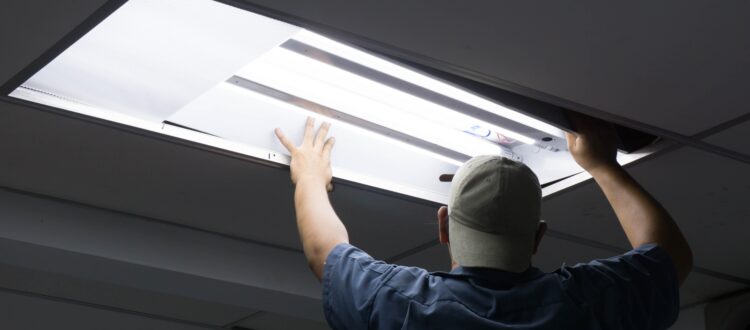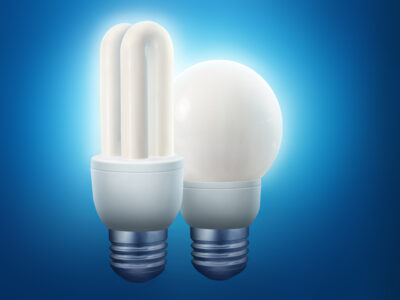The 10 Steps to take to Upgrade your LED lighting
1. Determine lighting requirements: Identify the purpose of each space and the specific lighting needs. Consider factors such as the type of activities conducted in the area, desired lighting levels, color temperature, and ambiance requirements.
2. Conduct a lighting audit: Evaluate your current lighting system and note the types of fixtures, bulbs, and their locations. Assess the lighting quality, energy consumption, and any areas with inadequate lighting.
3. Calculate lighting requirements: Use lighting design software or consult with Mercury to calculate the appropriate number of fixtures, their placement, and the required light output (measured in lumens). Take into account any specific lighting standards or regulations applicable to your space. Learn more about Lumens here!
4. Choose suitable LED fixtures: Select LED fixtures that meet the lighting requirements determined in the previous step. Consider factors such as fixture type (e.g., recessed downlights, track lights, linear fixtures), compatibility with the space, beam angle, color rendering index (CRI), and color temperature (e.g., warm white, cool white. Learn more about Lumens here!
5. Optimize lighting layout: Determine the ideal placement and spacing of LED fixtures to achieve uniform and efficient lighting distribution. Consider factors like the height of the ceiling, the position of furniture or objects that may affect light distribution, and any architectural features that need accent lighting.
6. Incorporate lighting controls: Integrate lighting control systems to maximize energy efficiency and customization. Options include occupancy sensors, dimmers, timers, and daylight harvesting sensors that adjust lighting levels based on natural light availability. Consider zoning areas to allow for independent control and flexibility.
7. Evaluate energy savings: Calculate the potential energy savings from the LED lighting plan compared to your current lighting system. Consider factors such as reduced wattage, longer lifespan, and lower maintenance costs. This evaluation will help you justify the investment and make informed decisions
8. Consider smart lighting options: Explore smart lighting solutions that offer advanced control and automation features. Smart lighting can provide additional benefits such as remote access, scheduling, integration with other smart home or building management systems, and energy monitoring capabilities.
9. Create a lighting schedule: Develop a schedule outlining the lighting needs for different times of the day or specific activities. This can help optimize energy usage and ensure that lighting is adjusted based on occupancy and usage patterns.
10. Implementation and installation: Work with a qualified electrician or lighting professional to execute the LED lighting plan. Ensure proper installation, correct wiring, and adherence to safety regulations.





